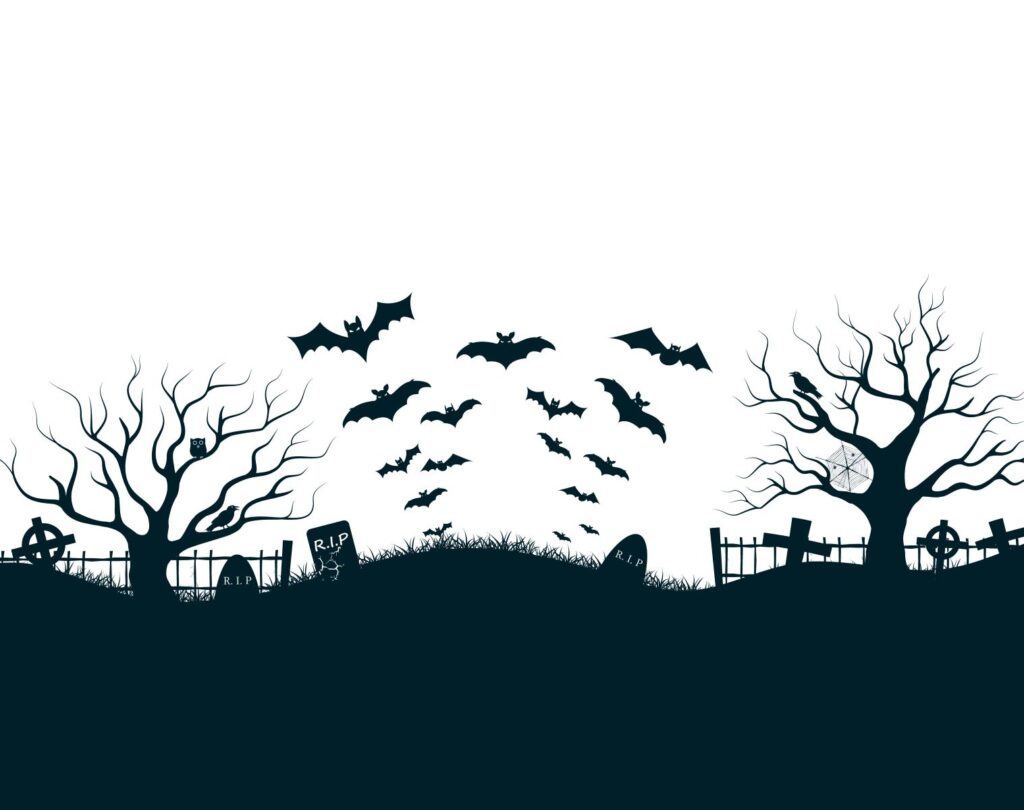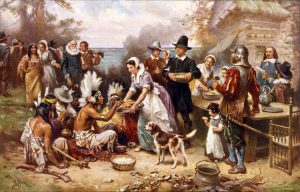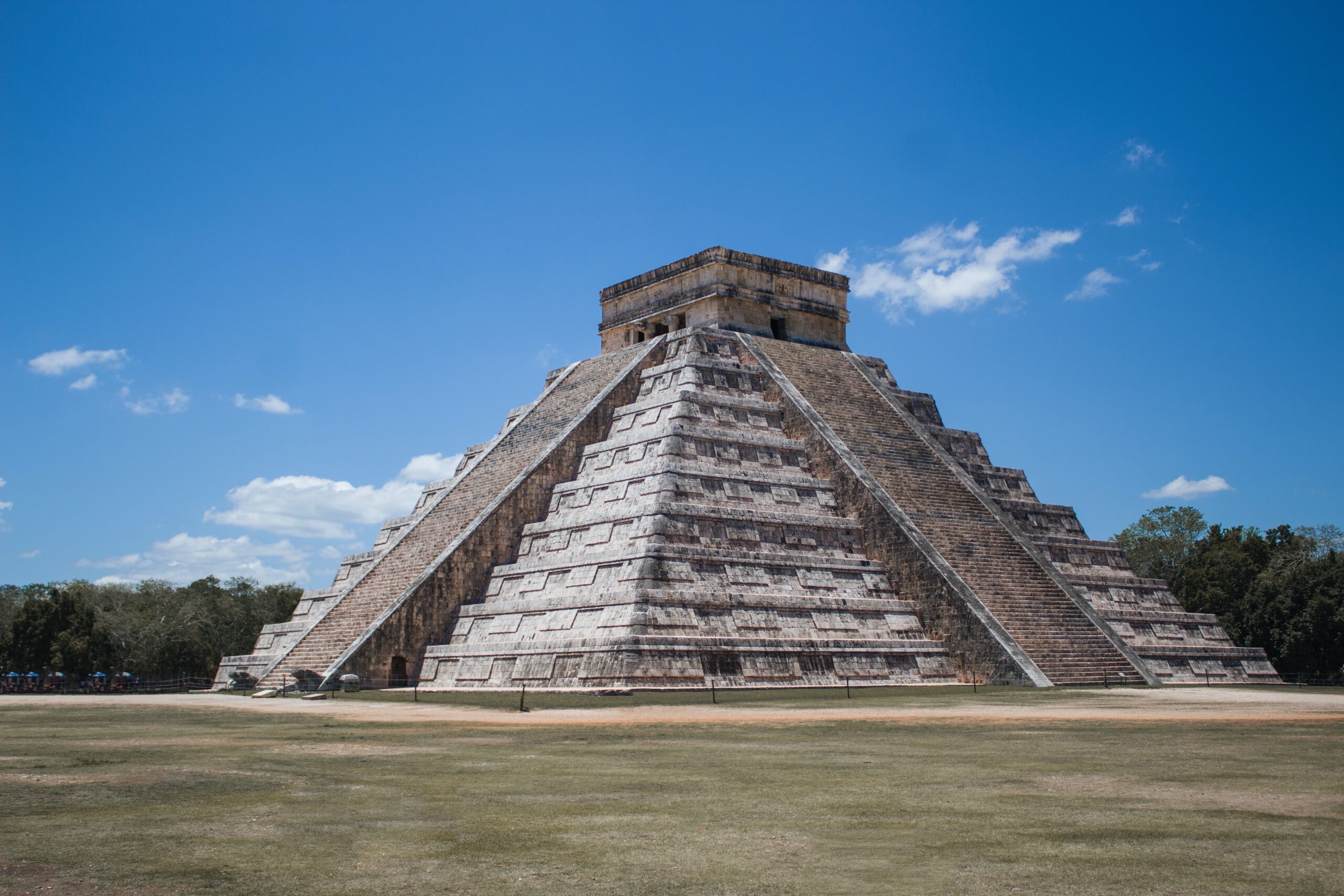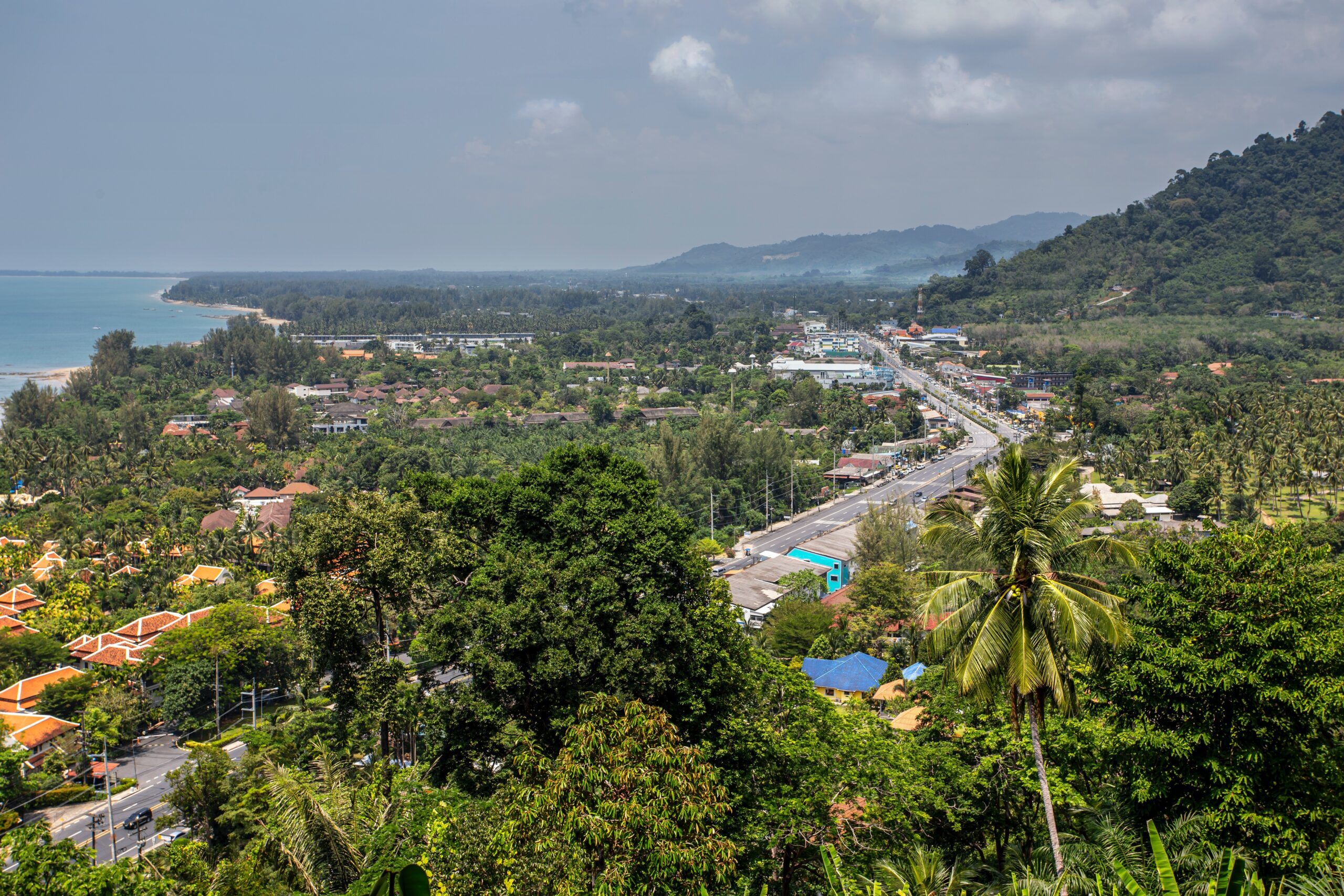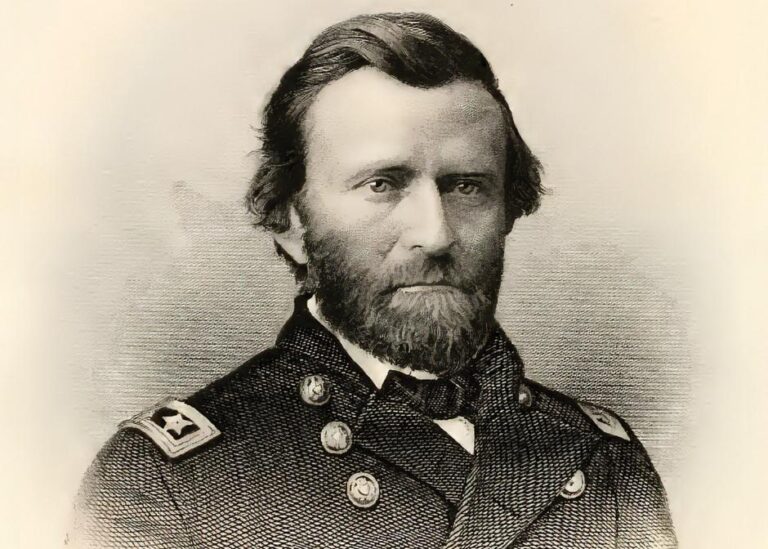The world’s largest tree-related foundation is The Arbor Day Foundation, started in 1972. The organization’s goal is to encourage tree planting and to educate on tree care and also encourages communities all over the world to adhere to proper tree care standards. Depending on a community’s location, this includes forestry programs, Arbor Day celebrations, tree care ordinances, and boards regulating the care and cultivation of trees.
Arbor Day is a holiday that encourages the planting and cultivation of trees and other plants. The holiday started in Nebraska City, Nebraska, the state that considers it a public holiday, but it is celebrated all over the world.
Celebrations typically include tree planting events and ceremonies, fundraising, exhibits, concerts, fairs and educational events with a tree theme. Many of these events are held in parks or gardens, if the weather allows. Some reserve the day for evaluating the health of the plants and vegetation on their property. In Nebraska, most offices and schools close for the day. Another tradition is the presentation of the Arbor Day Awards, given to citizens who have done work with trees, ecology, forestry, or other issues relating to trees and plants.
Holiday History
The holiday came into existence because of J Sterling Morton, a man who moved to the territory of present day Nebraska in 1854. He and the other settlers, feeling that there needed to be more trees, planted many trees on their own properties, as they also served to block crops from the sun and the wind.
Morton proposed that a day be dedicated to tree planting while at a Nebraska State Board of Agriculture meeting. On April 10, 1872, Nebraska celebrated the first Arbor Day by planting around a million trees. It formally became a holiday in 1874 when Governor Robert W. Furnas made the proclamation that it would be celebrated every April 10. A year later, it was moved to April 22, Morton’s birthday, and then moved to the last Friday of April in 1989.
Today, all US states celebrate Arbor Day, but the official date varies based on climates. There is an official federal holiday celebrated on the same day, but not all states have warm enough weather to fully celebrate in April.
Internationally, the holiday is widely celebrated, including Japan’s Greening Week, Mexico’s Dia del Arbol, and India’s National Festival of Tree Planting, also called Van Mahotsav. India’s celebration expects citizens to each plant a sapling. Although many countries established the holiday on their own, it was partly globalized by Birdsey Northrop, who delivered and Arbor Day and Village Improvement speech in Japan. He campaigned in many countries, including parts of the United States that had yet to establish the holiday.
Most of these celebrations outside of the US are celebrated similarly except for some cultural deviations. While not many are actually called Arbor Day, other countries have versions of tree or ecology related holidays.
For example, Japan’s celebration includes commemoration of Emperor Showa, who served until 1989 and is also known as Hirohito. Japan’s holiday is more centered on nature rather than specifically plants. It also includes thankfulness for nature and promotes conservation. Iceland celebrates Student’s Afforestation Day, which focuses on cultivating forests in open land. China established Arbor Day in 1981, where citizens are required to plant at least one tree or perform adequate tree care actions. Those able-bodied aged 11-60 must comply and statistics are compiled to assure that the citizens cooperate. During India’s Van Mahostav, the festival is a little more cultural in nature and includes promoting enthusiasm about conservation.
Israel’s Tu Bishvat considers its tree planting symbolic of the Israelites establishing a homeland. It is also associated with religion, as it is celebrated during the “New Year” for trees, meaning it is the start of the growing season, which is tied closely to the Jewish customs of tithing. In New Zealand, the Department of Conservation holds events centered on habitat restoration. South Africa’s celebration features two highlighted trees, a common type of tree and a rarer one, to promote tree awareness and education.
About Julius Sterling Morton
Born on April 22, 1832 in Adams, New York, Morton grew up in Detroit and attended the University of Michigan. After moving to Nebraska City, Morton worked as the editor of the Nebraska City News. Along with establishing Arbor Day, Morton went on to become the Secretary of Nebraska Territory and then governor of Nebraska for a short period.
After gaining recognition for his work with agriculture, President Cleveland appointed him Secretary of Agriculture. In this position, he is known for changing the department to be geared towards farmers and helped set up forest reservations all over the country. His legacy includes the J. Sterling Morton Beltway near Nebraska City and a statue in the National Statuary Hall collection in Washington D.C.
Fun facts about trees:
- Trees are believed to be the longest living organism
- When planted strategically around buildings, trees can reduce air conditioning costs
- A tree can produce around 260 pounds of oxygen a year and within its lifetime, it can absorb about a ton of carbon dioxide
- About 33% of the United States have forests
- It is believed that around 247 billion trees grow in the U.S.
- While some trees live for centuries, with the oldest known living tree over 5000 years old, urban trees have a much shorter average lifespan—around 8 years
- Trees living in colonies generally live longer than trees planted alone.










